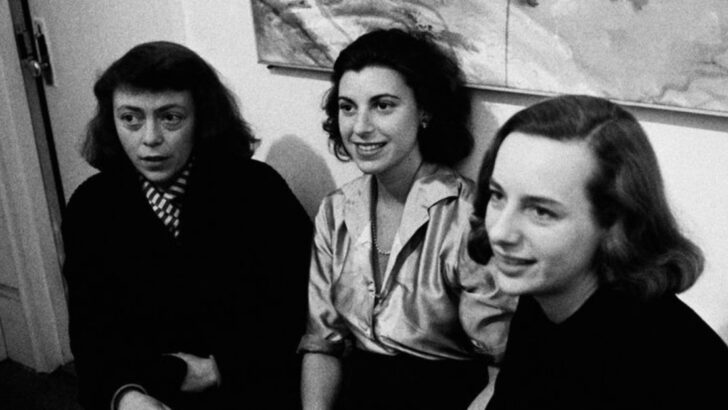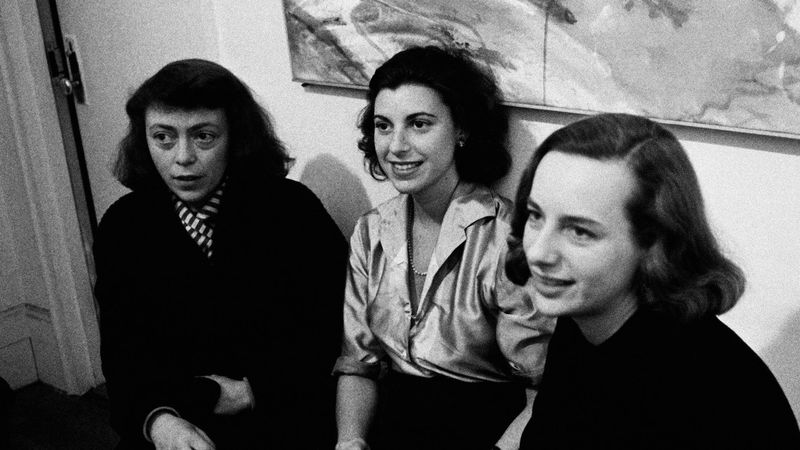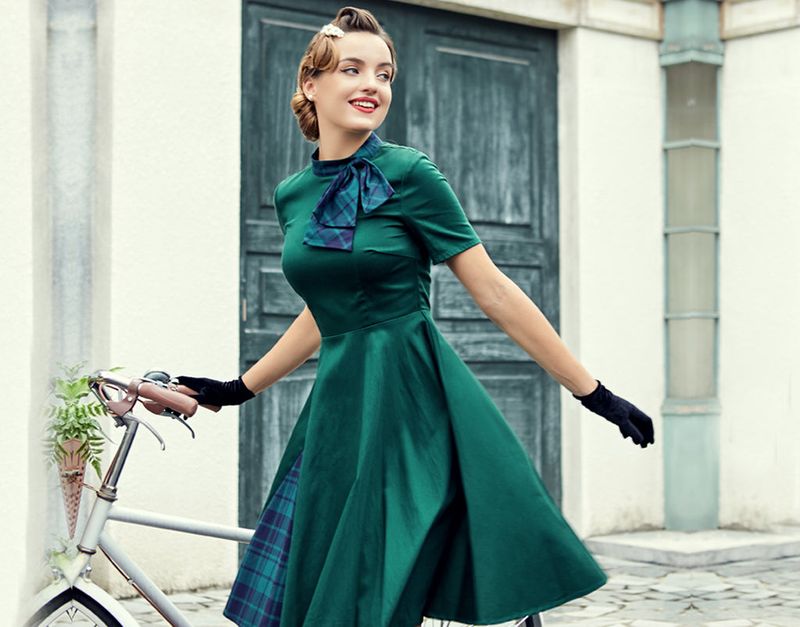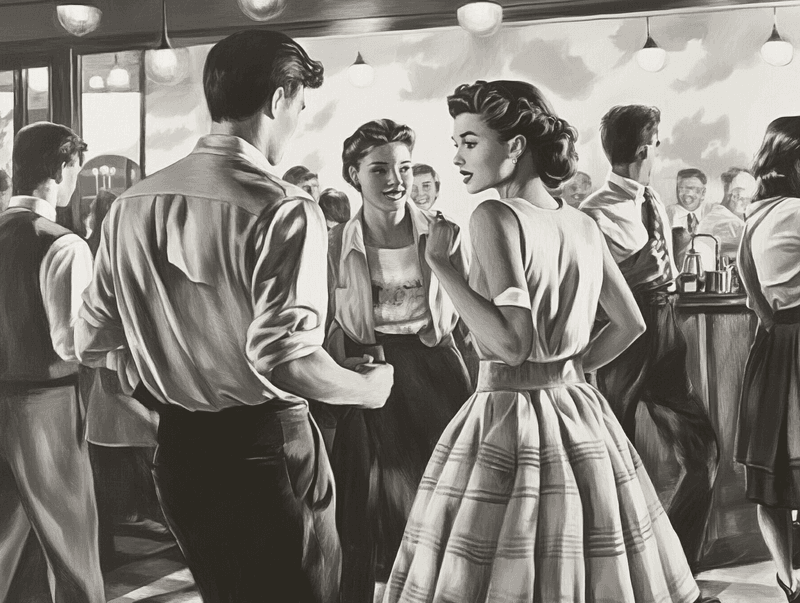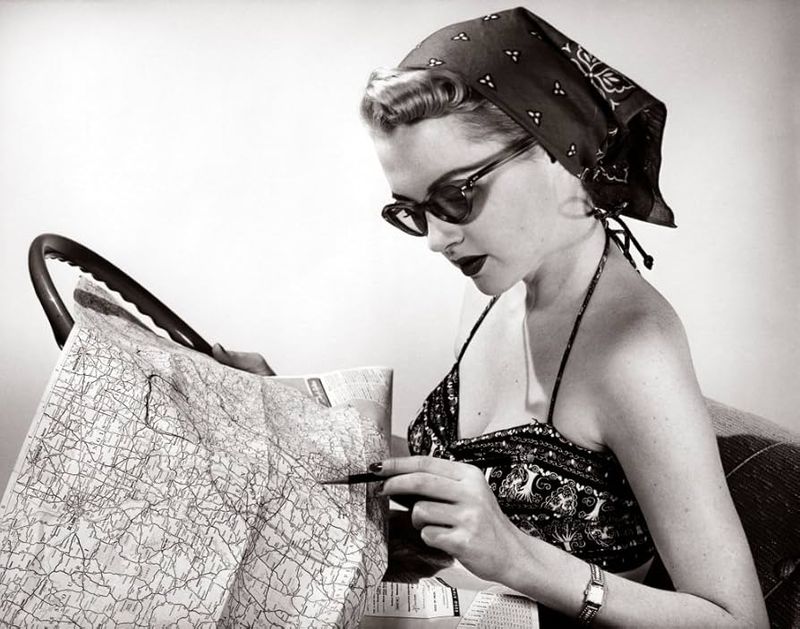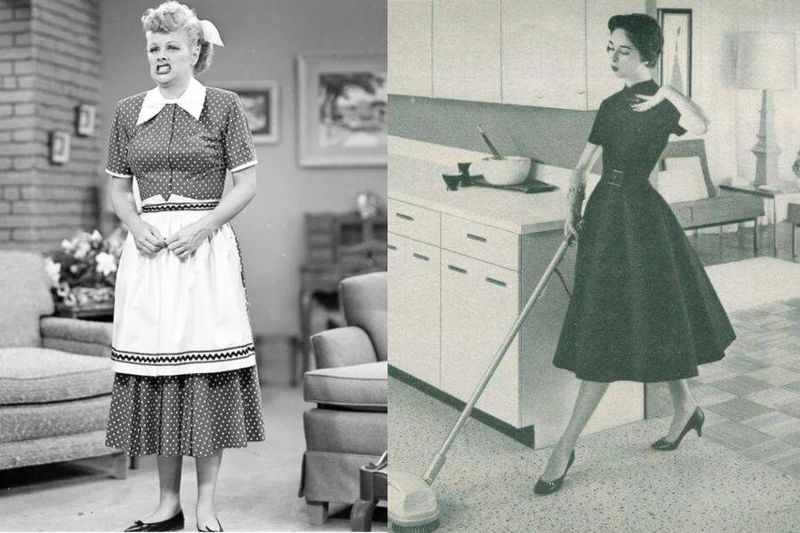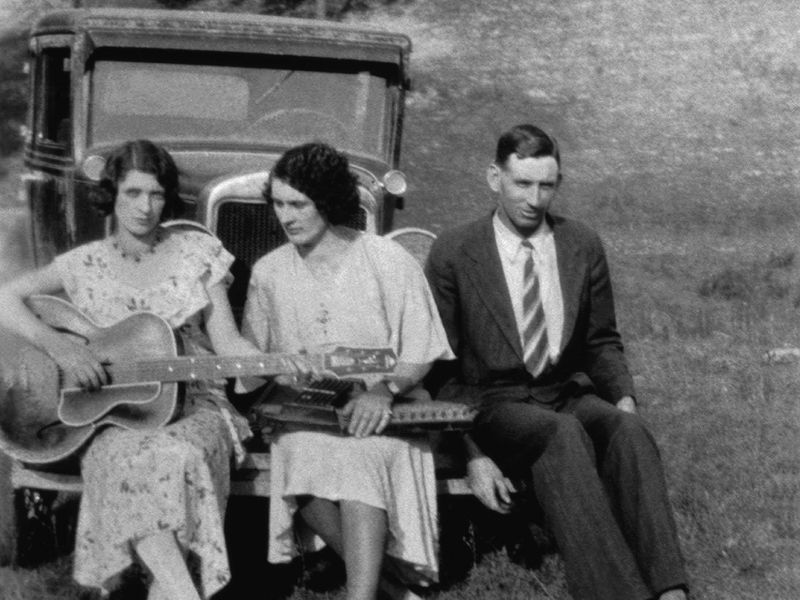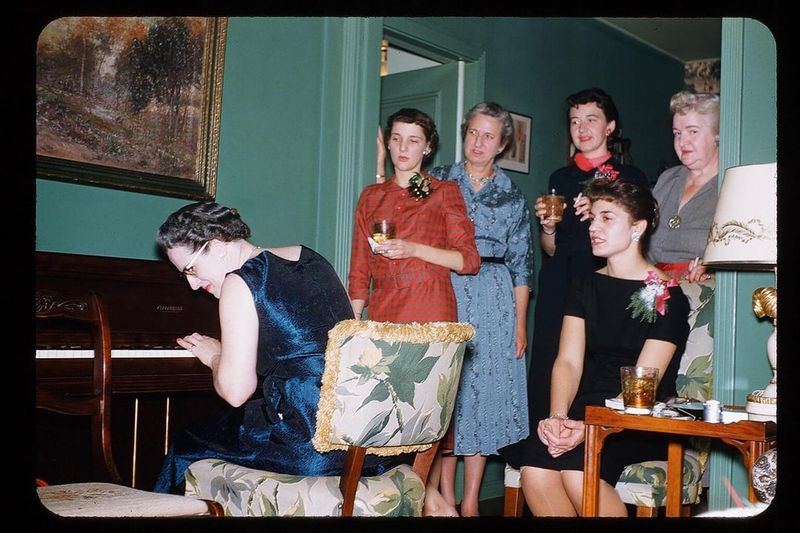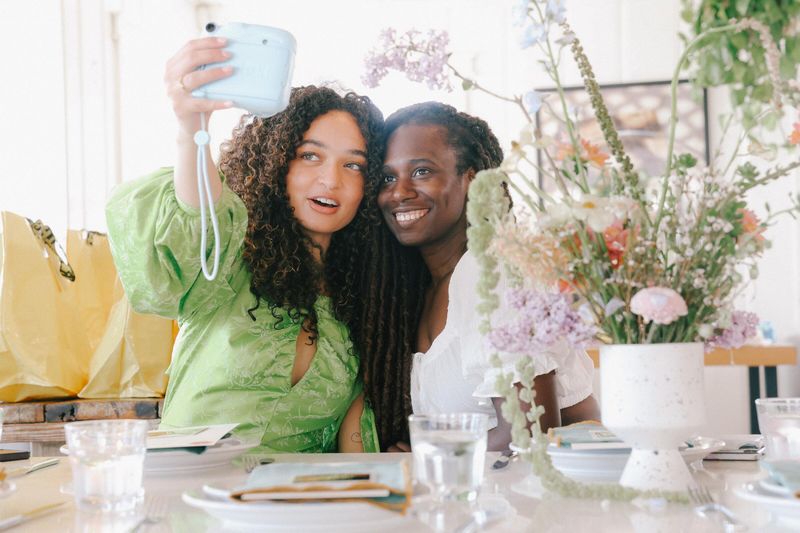Freedom isn’t just about rights — it’s about joy, expression, and owning your life. You know all those glossy 1950s ads with the perfect housewives twirling in spotless kitchens? They leave out the truth: so many women were boxed in, putting everyone else’s happiness before their own.
The rules were strict, the choices narrow, and the pressure to “behave” was relentless. Sure, life looked polished on the outside, but behind the curtains, women’s laughter, freedom, and fun were often shut down in ways that still sting today.
We’re talking about the silent sacrifices that kept women from just letting loose and living out loud. And honestly? Some of those old patterns aren’t as “retro” as we’d like — we’re still tripping over them now.
Let’s call out 13 ways women’s fun was stifled in the 1950s, plus 5 sneaky habits that keep the cycle spinning, even in 2025.
1. Fun was seen as frivolous if it didn’t serve the family
Ever get that look when you do something just for yourself? In the 1950s, it was magnified by a thousand. Women who dared to enjoy themselves outside the family’s needs were called selfish, even lazy. The concept of “me time” simply didn’t exist — everything had to circle back to the husband or kids.
Want to read a book because you like it, not because it helps with parenting? People would raise eyebrows. There was always this silent tally running: how much fun did you “deserve” based on how much you sacrificed? The pressure was real, and the guilt was heavy.
Making your own happiness a priority was painted as rebellious or even shameful. That kind of thinking made it nearly impossible for women to feel free, creative, or spontaneous. Fun was rationed, not celebrated.
2. “Good girls” didn’t go out without a man
Picture a young woman dying to see a movie by herself or eat at a café with friends. In the 1950s, that dream fizzled fast. If you were out solo, people whispered. Was she reckless? Was she “asking for trouble”? Society practically sounded an alarm if a woman wanted to experience the world without a man at her side.
Girls learned early that independence was risky, even shameful. A harmless night out could ruin your reputation.
So, women stayed home, waiting for permission or protection, missing out on adventures that should’ve been part of growing up. It sent a loud message: your fun is only valid if a man approves. That idea still echoes today, doesn’t it?
3. Fashion had rules — and joy wasn’t one of them
If you loved bright colors or quirky patterns, tough luck. Fashion in the 1950s was less about personal style and more about pleasing the crowd — especially husbands. Every dress, every shoe, every hairdo had invisible rules.
Expressing yourself through clothing was risky. Step out in something bold, and you’d hear, “Isn’t that a bit much?” or “What will people think?” Women learned to hide their creativity to avoid judgment. Outfits were less about fun and more about fitting in.
Today, we talk about “dopamine dressing,” but back then, it was more like dressing for approval. Can you imagine being so policed for something as simple as a pop of color? Joy was often left on the hanger.
4. Dancing or laughing too loudly? “Unladylike.”
Laughter heals, but in the 1950s, a woman who let out a big, belly laugh could clear a room. The same went for dancing with abandon — people whispered, “Is she drunk or just shameless?” Fun was always under a microscope.
Expressing joy was seen as a crack in your “good girl” image. The message was clear: keep your emotions small, your laughter soft, and your feet on the ground. Even a little bit of sass or boldness could mean your reputation took a hit.
So, women learned to suppress real happiness, trading memories for manners. It’s wild how the threat of being called “unladylike” could quiet down a whole generation. A real loss, if you ask me.
5. Travel was out of reach (and out of bounds)
Craving a solo adventure in the 1950s? Better stuff that dream away. Vacations were for families, usually arranged around the husband’s schedule. Women planning trips on their own were met with suspicion — or flat-out forbidden.
Travel was considered risky, maybe even scandalous, if you didn’t have a man to “look after you.” The wanderlust was real, but the freedom was not. Even day trips with friends could spark gossip in the neighborhood.
It’s no wonder so many women never got to see the world. Adventure wasn’t just inaccessible; it was off-limits, locked away by rules nobody questioned out loud. We lost a lot of potential stories to those dusty suitcases.
6. Hobbies were expected to be “cute” — not fulfilling
If your hobby doubled as housework, it got a gold star. But heaven forbid you wanted to paint, write, or play sports! Hobbies for women in the 1950s were carefully chosen to stay “cute” — sewing, baking, maybe flower arranging. Anything else? People acted scandalized.
Pursuits that didn’t align with homemaker vibes were discouraged, even mocked as “odd” or “unladylike.” So women hid their passions or dropped them altogether.
That’s how dreams quietly vanished. It was a sneaky way of saying: fulfillment is for other people. No wonder so many women felt restless, craving something more. We’re still shaking free of those expectations today.
7. Money wasn’t hers to spend on fun
Having your own money? That felt like a fantasy for many wives in the 1950s. Even if a woman worked, she often had to hand over her paycheck — or ask permission before spending anything “nonessential.”
Want to buy yourself a treat or pay for a class? Good luck. Every dollar spent on fun got the side-eye. Personal spending was equated with selfishness, especially if the family needed anything at all.
It chipped away at confidence and independence, teaching women to put their joy last. Is it any wonder so many still feel guilty splurging on themselves today? The roots of money shame run deep.
8. Creative ambition was seen as “too much”
Ever had an idea so big you couldn’t sleep? In the 1950s, women who chased their own creative ambitions were often labeled as troublemakers. Dreaming of writing a novel or starting something new? People would warn, “Don’t get ahead of yourself.”
There was this silent rule: creativity belonged to men, not to housewives and mothers. Even tiny ambitions were seen as selfish distractions. Many women wrote in secret, painted after midnight, or never started at all.
It’s heartbreaking to think of all the stories never told, all the art never made. A whole generation of women was told to shrink their dreams, and some of that pressure still hovers above us now.
9. Female friendships were limited by marriage roles
Best friends are a lifeline, but in the 1950s, marriage could snip those bonds fast. Once you tied the knot, “girl time” was considered childish or even threatening to the family unit. Women were expected to swap friends for husbands.
Visits became rare, phone calls shortened, and invitations slowly disappeared. The message? Your social world ends at your front door.
It made friendship feel like a luxury, not a necessity — and left many women quietly lonely in the name of being a “good wife.” That kind of social isolation has ripple effects, even now, making it hard to keep close friends as life changes.
10. Drinking or flirting was labeled as immoral
Some women just wanted a little fun — a drink, a joke, a dance. But if you dared to enjoy yourself too much, people started judging. A woman with a cocktail in hand was often seen as wild, or worse, “asking for it.”
Flirting was dangerous territory: one wrong move and you were the talk of the town for all the wrong reasons. It’s wild how quickly innocent fun could get twisted into scandal.
The freedom to just let loose, flirt, or sip something bubbly without a care? That was off-limits for most women, replaced with a fear of being misunderstood or shamed. Heavy price for a little fun.
11. Child-free women were pitied or punished
Choosing not to have kids? In the 1950s, that was almost unthinkable. Women who didn’t follow the expected family path were labeled as “odd” or “unfulfilled.” Some were openly pitied, while others faced outright exclusion from social circles.
There was little respect for women who wanted something different — the assumption was always that family came first, even if it wasn’t your dream.
The loneliness stung. The message was clear: without children, your life was less meaningful, and your happiness didn’t really count. That judgment still sneaks into conversations today, making it tough for child-free women to be seen as whole and happy.
12. Emotional freedom was off-limits
Showing sadness, boredom, or even ambition? That was dangerous territory for women in the 1950s. The pressure to “keep smiling” was intense, as if any sign of dissatisfaction meant you were ungrateful or a failure.
Women were expected to bottle up real feelings, never confessing that maybe, just maybe, they wanted more.
So many lived with silent struggles, hiding disappointment or longing behind polite smiles. It’s no wonder so many women felt unseen or misunderstood. Emotional honesty was a risk almost nobody dared to take, and those old habits can still pop up now when life gets overwhelming.
13. Saying “no” to your expected role = social exile
Refusing to play the part assigned to you? In the 1950s, that meant risking everything. One “no” — to a marriage, a church group, a PTA — and you could suddenly find yourself ignored, gossiped about, or even shunned.
The fear of being outcast was real, and it kept a lot of women quietly compliant.
Even a hint of rebellion was enough to make people back away, afraid your defiance might be contagious. The cost of standing up for yourself was steep, so most learned to just go along, even when it crushed their spirit. That fear hasn’t disappeared; it just wears new disguises now.
14. Believing fun has to be earned through exhaustion
Raise your hand if you still feel guilty for relaxing before every last task is checked off. That mindset has roots in the 1950s belief that joy was a reward, not a right. We’ve internalized the idea that rest and happiness come only after total exhaustion.
So, we hustle, overwork, and put fun on layaway. But here’s the truth: you don’t have to earn your joy.
The cycle keeps spinning when we treat fun like dessert instead of a real meal. It’s time to flip the script and see laughter and rest as vital — not frivolous. Your well-being isn’t a luxury, it’s a necessity.
15. Shaming yourself for wanting more than motherhood or marriage
Ever catch yourself feeling bad for dreaming beyond family life? That old shame is still alive, whispering that wanting “more” is a betrayal. Women are told to be grateful for what they have, to not ask for extra.
But ambition isn’t greed, and fulfillment isn’t selfish. You can love your family and still crave adventures that are only yours.
Ignoring those dreams only breeds resentment and regret. It’s time to break the habit of guilt for wanting a rich, multi-layered life. The world is wider than the walls of home, and every dream deserves a shot, no matter your role.
16. Feeling guilty for spending time (or money) on yourself
How many times have you stopped yourself from booking a class, a trip, or even a spa day because you felt bad about the cost? That’s the 1950s talking. The script is old: you’re supposed to put everyone else first, forever.
But putting yourself on the back burner only leaves you running on empty. Investing in your happiness isn’t selfish — it’s smart.
The guilt is a leftover from decades of being told fun is frivolous; it’s time to retire it. Go ahead, treat yourself like you matter. Because you do, even if the world hasn’t caught up yet.
17. Waiting for permission to explore, create, or be bold
Ever pause before trying something new, waiting for a sign that it’s “okay”? That hesitation is a hand-me-down from generations of women who were taught to ask before acting. No one’s coming to hand you a permission slip.
The green light is already yours. Taking chances, being loud, or chasing wild ideas isn’t just allowed — it’s necessary.
The world won’t fall apart if you do something for yourself. In fact, it might just open up. So next time fear whispers, “Wait,” answer back, “Why not now?”
18. Measuring your worth by productivity — not presence
Ever catch yourself judging your day by how much you accomplished? That urge to measure everything by boxes checked traces right back to old-school expectations. The 1950s drilled productivity in as proof of a woman’s value, leaving little room for presence or joy.
But you’re not a checklist. Being there, fully, with yourself or the people you love, matters more than crossing off another chore.
You deserve space to be unhurried, to enjoy, to savor. Fun and rest aren’t “extra credit” — they’re essentials. Let’s agree to stop confusing achievement with self-worth, one unhurried moment at a time.

